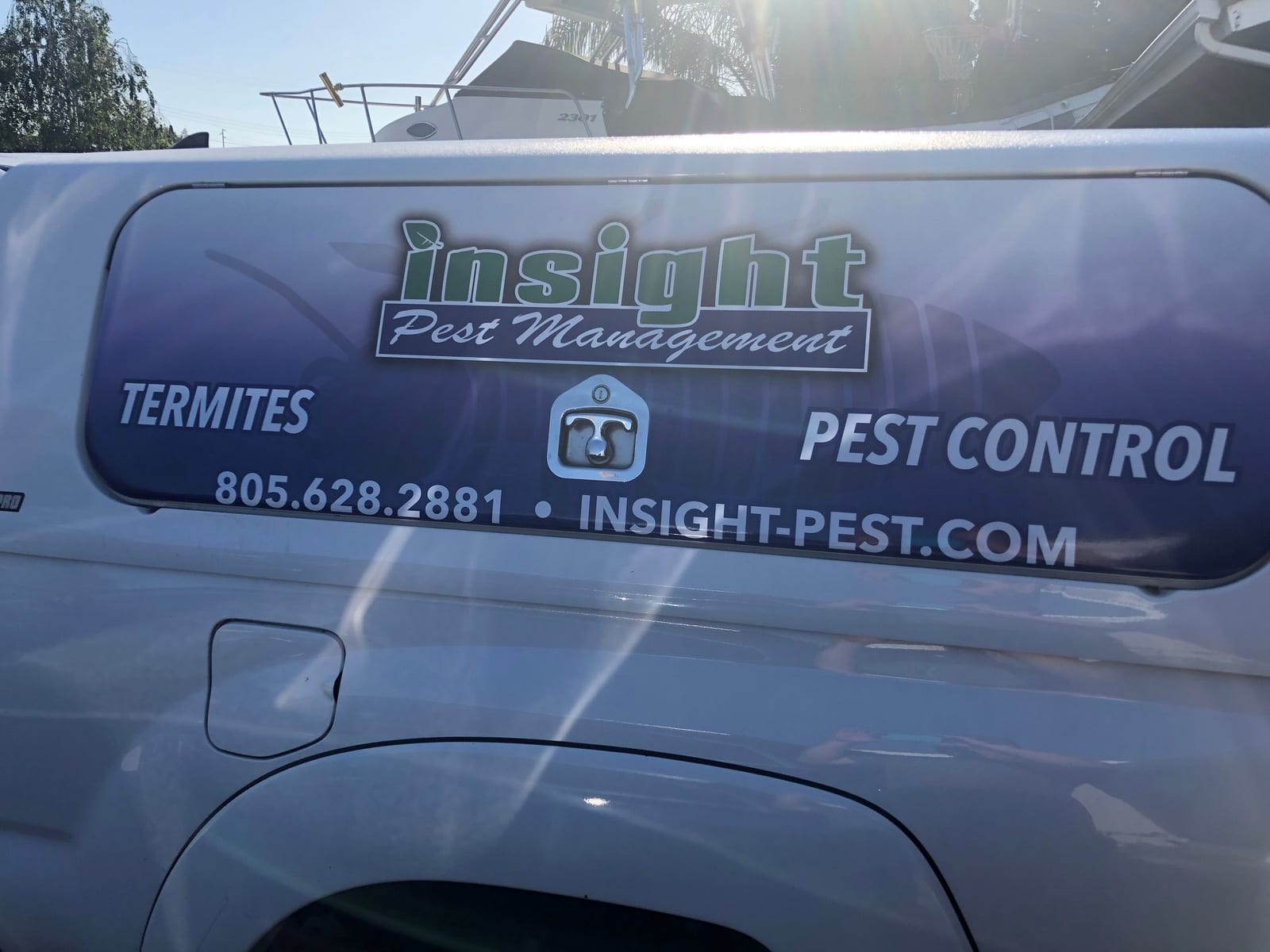
Pests of stored food products are also commonly referred to as “pantry pests,” and this group is comprised of numerous insect species, almost all of which are moths and beetles. Pantry pests may enter homes from their natural outdoor habitat, while others establish infestations in warehouses before being brought into homes within contaminated food packages. Some pantry pest species are known for establishing infestations in both warehouses and in homes including the most common pantry pest, the Indian meal moth. Some pantry pests are brought indoors on infested items, such as furniture, bedding, rugs, curtains, or infested plant materials. For example, drugstore beetles and cigarette beetles both infest fabric items, especially fabrics made from animal fur.
According to a recent nationwide survey of pest control professionals, Indian meal moths, drugstore beetles, sawtoothed grain beetles and flour beetles are the most commonly managed pantry pests within homes. Pantry pest infestations start when beetle and moth adults deposit eggs near or within food packages. The larvae consume the food during development, and the time it takes until adulthood is reached varies depending on the species, as well as temperature and humidity. The indian meal moth, the sawtoothed grain beetle, the merchant grain beetle, and flour beetles infest a variety of grain food products, dried fruit, nuts and other foods. Drugstore beetles infest nuts, a variety of spices, and even drugs in the form of tablets, which is where they get their common name.
Any food items infested, or were infested with pantry pest larvae should be discarded due to microbe and possibly mycotoxin contamination. Minor infestations can sometimes be eliminated by discarding all contaminated foods and consistently cleaning pantry shelves and kitchens until all insects are gone. However, many infestations require professional pest control intervention and the use of pheromone traps.
Have you ever found insect larvae in your kitchen?


